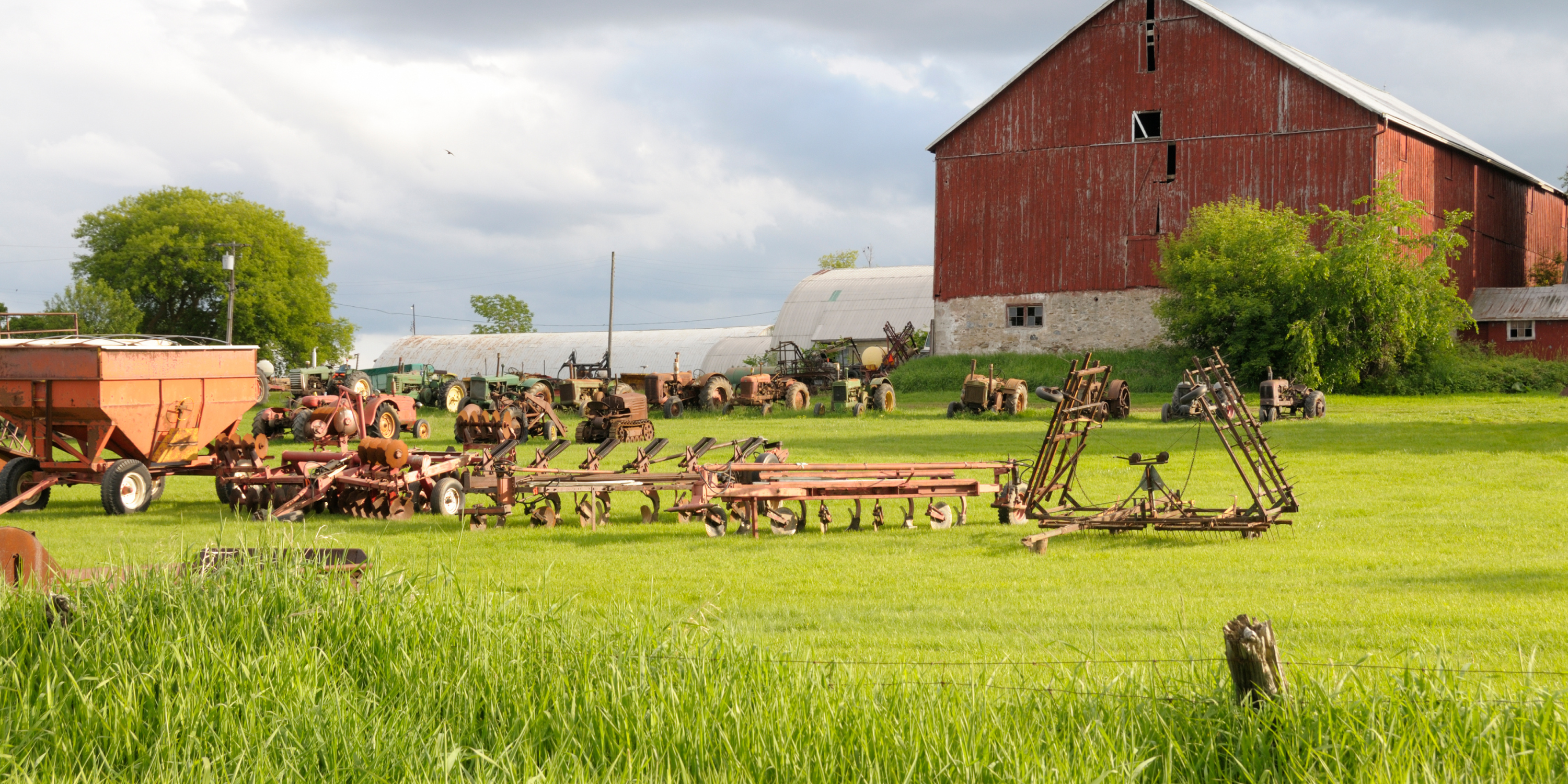
Protecting Farmland Forever: Understanding Agricultural Conservation Easements
As farmland across the U.S. disappears to development at an alarming rate, many landowners, communities, and land trusts are turning to agricultural conservation easements as a long-term solution. These voluntary legal agreements permanently restrict non-agricultural development on farmland, ensuring the land stays available for agriculture—forever.
Whether you're a farmer looking to protect your legacy, a policymaker shaping rural planning, or simply someone who cares about food security and open space, understanding how agricultural conservation easements work is essential.
What Is an Agricultural Conservation Easement?
An agricultural conservation easement (ACE) is a legal agreement between a landowner and a qualified organization—such as a government agency or land trust—that limits the use of the land to agricultural or open-space purposes. The easement is recorded with the property deed and applies to all future owners.
Key Characteristics:
-
Voluntary: Landowners choose whether to place an easement on their land.
-
Perpetual: Easements last forever, even if the land changes hands.
-
Customizable: Easements can be tailored to fit the specific goals and needs of the landowner.
How It Works
Step-by-Step Overview:
-
Initial Assessment
A landowner expresses interest in preserving their farmland. The easement holder (e.g., land trust or government program) evaluates the property’s soils, location, development pressure, and conservation value. -
Negotiation and Drafting
The parties negotiate terms, including which activities are permitted (e.g., building new barns, leasing to other farmers, limited housing for workers). -
Appraisal
A certified appraiser determines the value of the development rights being relinquished. This difference—between the land’s unrestricted market value and its value with the easement—guides compensation or tax benefits. -
Funding and Approval
Funding may come from federal, state, or local farmland preservation programs or private donations. The easement is then approved, signed, and recorded. -
Monitoring and Stewardship
The easement holder is responsible for ensuring compliance over time through regular monitoring visits.
Financial and Tax Benefits
For Landowners:
-
Cash Payment (in a PDR arrangement): Some landowners receive payment for the easement.
-
Federal Income Tax Deduction: Easements donated or sold at below market value may qualify as a charitable contribution.
-
Estate Tax Reduction: Easements reduce property value, potentially lowering estate taxes and making it easier to pass farms to the next generation.
-
Property Tax Adjustments: In some states, preserved land may qualify for favorable tax treatment.
Why Landowners Choose Easements
Preserving a Farming Legacy
Many farmers use easements to ensure their land will never be paved over or subdivided—even after they're gone.
Access to Capital
Selling development rights can provide funds to reinvest in equipment, infrastructure, or expansion.
Supporting Young Farmers
By lowering land value, easements can make farmland more affordable and accessible for the next generation.
Broader Community Benefits
-
Food Security: Keeps fertile land in production to support local and regional food systems.
-
Environmental Protection: Preserves ecosystems, watersheds, and wildlife habitat.
-
Rural Character: Maintains scenic landscapes and buffers against suburban sprawl.
-
Economic Development: Supports working lands that drive local economies and job creation.
Notable Programs and Partners
Federal Level:
-
USDA’s Agricultural Conservation Easement Program (ACEP) – Offers funding to help buy easements on working farmland.
State and Local Programs:
-
Maryland Agricultural Land Preservation Foundation (MALPF)
-
California Farmland Conservancy Program
-
Vermont Housing & Conservation Board (VHCB)
Nonprofits and Land Trusts:
-
American Farmland Trust
-
Equity Trust
-
Marin Agricultural Land Trust (MALT)
Legal Considerations
Easements are complex and legally binding, so:
-
Landowners should work with an experienced attorney familiar with real estate and conservation law.
-
Successors and heirs must be educated about the restrictions.
-
Future buyers must agree to the same terms.
Real-World Impact
In Lancaster County, Pennsylvania—home to some of the nation's most productive soils—over 115,000 acres have been preserved through easements. In California’s Central Valley, easements protect orchards and vineyards that would otherwise face intense development pressure.
These preserved lands are not static museums; they are vibrant, working farms that feed communities and support local livelihoods.
Conclusion
Agricultural conservation easements are one of the most powerful tools we have to preserve farmland for future generations. They strike a unique balance—respecting private property rights while serving the public good. For landowners committed to farming and communities invested in sustainable land use, easements offer a path toward long-term resilience, stewardship, and food security.
Interested in placing a conservation easement on your land or supporting preservation efforts? Connect with your local land trust or USDA NRCS office to get started.
Up next: Investing in the Future of Farming: Understanding Purchase of Development Rights
Share


